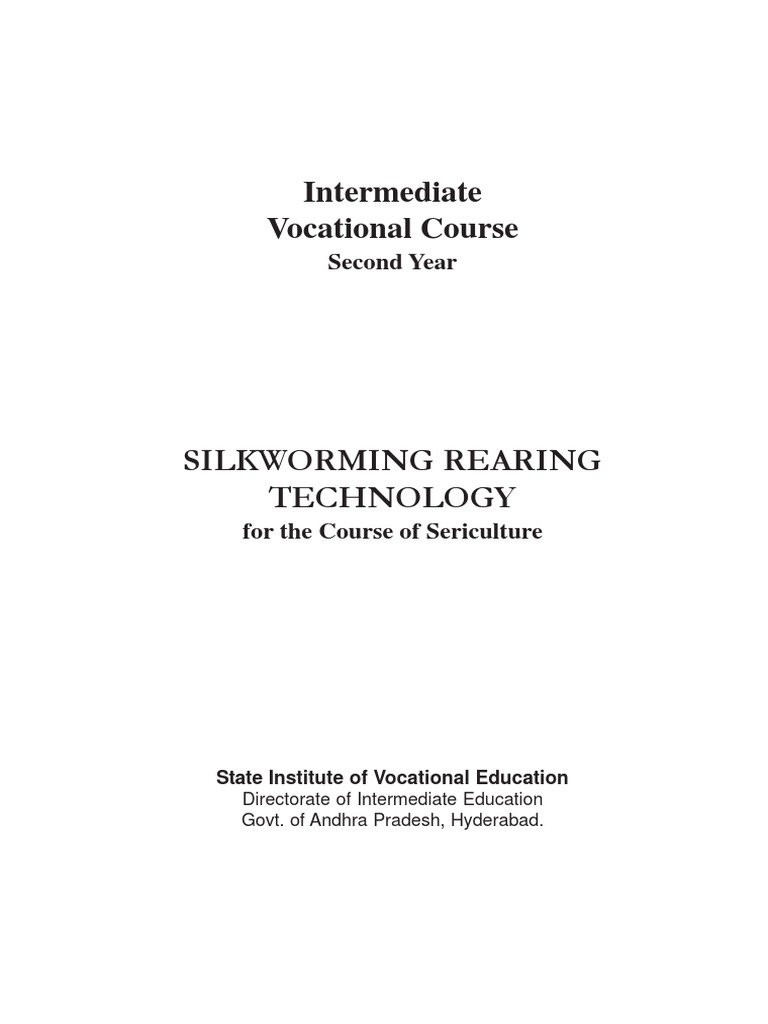
Silkworms, specifically the larvae of the *Bombyx mori* moth, are often seen as small, fuzzy creatures, but they’re a vital part of our ecosystem—and a fun way to engage students in hands-on learning. Not only do they require basic care, but they can also be a captivating project that teaches students about life cycles, ecology, and even the history of silk production.
Why Rearing Silkworms in Classrooms is Beneficial
Rearing silkworms offers a unique opportunity for students to learn and grow. Here’s the thing: it’s not just about observing; it’s about understanding how life works. This project can help students develop important skills such as responsibility, observation, and patience. Just think about it—caring for living creatures teaches kids the importance of nurturing.
Additionally, watching the entire lifecycle of silkworms opens up discussions about metamorphosis, ecology, and even economics. Students will see firsthand how silkworms are cultivated for silk, bridging the gap between nature and industry. This kind of project stirs up curiosity and can lead to deeper discussions about sustainability and biodiversity.
Moreover, engaging students with this hands-on experience makes biology come alive. It taps into different learning styles, from visual learners who will appreciate seeing the silkworms in action, to kinesthetic learners who thrive on touching and caring for them. This multi-faceted approach can spark interest in science that lasts a lifetime.
Getting Started with Silkworms
Ready to dive in? First, you’ll need to gather supplies. Rearing silkworms is relatively straightforward, but having the right materials makes all the difference. You’ll need:
- Silkworm eggs: These are readily available online or from local suppliers.
- Mulberry leaves: Silkworms primarily eat these, and you can either buy them or grow your own.
- A suitable container: This could be a simple plastic bin or a larger aquarium.
- A temperature-controlled environment: Silkworms thrive in warm, humid conditions, so a space heated between 70-85°F (21-29°C) is ideal.
Once you have everything, it’s time to set up their home! Ensure the container is clean and lined with paper towels to absorb moisture. Place the silkworm eggs on one side and make sure mulberry leaves are readily available. You’ll want to keep checking in on them, making sure they stay fed and comfortable.
The Silkworm Lifecycle: What to Expect
You might be wondering, what happens once the silkworms hatch? Great question! The lifecycle of a silkworm can be broken down into four key stages: egg, larva, pupa, and adult moth.
1. Egg Stage: After about 10 days, the tiny silkworms hatch from their eggs. Initially, they are very small and will require tiny mulberry leaves to eat.
2. Larva Stage: This is when the real magic begins. Silkworms will go through several molts, growing larger and larger. They eat a lot during this stage, so keep those mulberry leaves coming!
3. Pupa Stage: Once fully grown, they will spin a cocoon around themselves, entering the pupal stage. This is when they transform into moths.
4. Adult Moth Stage: Finally, after about two weeks, the adult moths emerge. They typically don’t eat and focus on mating.
This lifecycle provides an awesome opportunity to teach students about biological processes and the importance of each stage in the life of an organism.
Caring for Silkworms: Best Practices
Caring for silkworms might feel overwhelming at first, but here are some simple tips to keep everything running smoothly:
– Maintain Cleanliness: Regularly clean the container to prevent mold and bacteria build-up.
– Proper Feeding: Always provide fresh mulberry leaves. Remove any leftovers to keep the space tidy.
– Temperature Control: Keep the environment warm and humid. If it’s too cold, the silkworms won’t thrive.
– Observe Behavior: Students can take notes on how the silkworms behave. This not only encourages observation skills but also keeps them engaged in the process.
Common Challenges and Troubleshooting
Like any living project, rearing silkworms comes with its challenges. Here are some common issues you might face:
– Mold Growth: If you find mold developing in the container, it can be a sign of excessive moisture. Make sure the environment is well-ventilated and don’t overwater the leaves.
– Overfeeding or Underfeeding: Too much food can lead to wasted leaves and a dirty container. Conversely, not enough food can stunt their growth. Keep an eye on their munching habits!
– Temperature Fluctuations: Sudden changes in temperature can adversely affect your silkworms. If you notice them slowing down, check the thermostat.
If faced with any of these challenges, the key is patience and observation. Students can learn problem-solving skills by assessing the situation and finding solutions together.
Integrating Silkworms into the Curriculum
Incorporating the silkworm project into your classroom can enhance various subjects. Here are some ideas on how to tie it into your existing curriculum:
– Science: Discuss the biological processes like metamorphosis and the role of silkworms in the ecosystem.
– History: Explore the fascinating history of silk production and trade, how it impacted civilizations, and its cultural significance.
– Math: Track growth and development rates. Students can calculate how many leaves are consumed or the number of molts.
Involving silkworms in the curriculum makes learning interactive and fun. It creates opportunities for discussions and can even inspire projects or presentations about their findings.
Wrapping Up the Silkworm Experience
Rearing silkworms in a classroom setting is more than just an experiment; it’s a rich educational journey. From understanding life cycles to nurturing responsibility, this project can breathe new life into learning. Plus, students emerge with a newfound respect for the natural world and the creatures that inhabit it.
So, why not give it a try? With a bit of preparation and enthusiasm, you’ll find that watching silkworms grow can be not only educational but also downright delightful. Engage your students in this immersive experience, and who knows? You might just inspire the next generation of scientists, environmentalists, or artists who appreciate the beauty—and utility—of silk.

